Aging Population and Lifestyle Factors
The aging population, coupled with lifestyle factors such as obesity and diabetes, is contributing to the expansion of the Penile Prosthesis Market. As men age, the likelihood of developing conditions that lead to erectile dysfunction increases. Additionally, lifestyle-related health issues are becoming more prevalent, further exacerbating the incidence of ED. Projections indicate that the number of men over 60 will double by 2050, which could lead to a substantial increase in demand for penile prostheses. This demographic shift presents a significant opportunity for manufacturers and healthcare providers within the Penile Prosthesis Market to cater to an expanding patient base.
Growing Acceptance of Surgical Solutions
The societal shift towards greater acceptance of surgical solutions for erectile dysfunction is a notable driver of the Penile Prosthesis Market. As stigma surrounding ED diminishes, more men are willing to consider surgical options, including penile implants. Educational campaigns and advocacy from healthcare professionals have played a crucial role in this transformation. Market Research Future indicates that the number of penile prosthesis surgeries has increased significantly, with estimates suggesting a rise of over 20% in recent years. This trend reflects a broader understanding of sexual health and the importance of addressing ED, thereby fostering growth within the Penile Prosthesis Market.
Rising Incidence of Erectile Dysfunction
The increasing prevalence of erectile dysfunction (ED) is a primary driver of the Penile Prosthesis Market. Studies indicate that approximately 50% of men aged 40 to 70 experience some degree of ED, which is expected to rise with the aging population. This growing incidence is likely to propel demand for penile prostheses as a viable treatment option. Furthermore, the psychological impact of ED on men's quality of life has led to heightened awareness and acceptance of surgical interventions. As more men seek effective solutions, the Penile Prosthesis Market is poised for growth, with estimates suggesting a compound annual growth rate (CAGR) of around 6% over the next several years. This trend underscores the necessity for innovative products and services within the market.
Increased Focus on Sexual Health and Well-being
The growing emphasis on sexual health and overall well-being is driving interest in the Penile Prosthesis Market. As individuals become more aware of the importance of sexual health, there is a corresponding increase in the demand for effective treatments for erectile dysfunction. Healthcare providers are increasingly prioritizing sexual health discussions, leading to more patients seeking solutions. Market analysis suggests that this trend is likely to continue, with a projected increase in consultations related to ED and subsequent surgical interventions. This heightened focus on sexual health not only benefits patients but also stimulates growth within the Penile Prosthesis Market.
Technological Innovations in Prosthetic Devices
Technological advancements in the design and functionality of penile prostheses are significantly influencing the Penile Prosthesis Market. Innovations such as inflatable and malleable prostheses have improved patient outcomes and satisfaction rates. The introduction of biocompatible materials and advanced surgical techniques has reduced complications and enhanced the longevity of devices. Market data suggests that the adoption of these advanced technologies is expected to increase, with a projected market value reaching several billion dollars by 2030. As healthcare providers continue to embrace these innovations, the Penile Prosthesis Market is likely to expand, offering patients more effective and personalized treatment options.


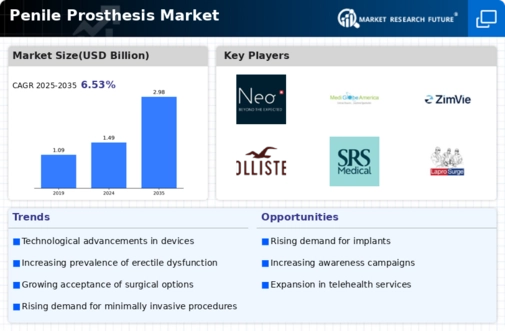
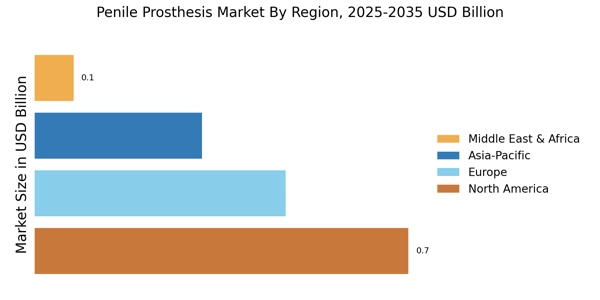
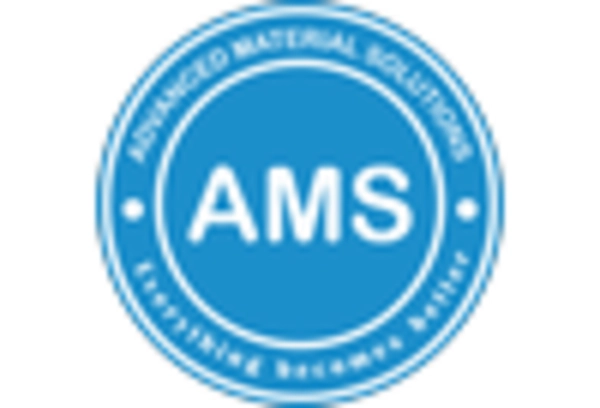

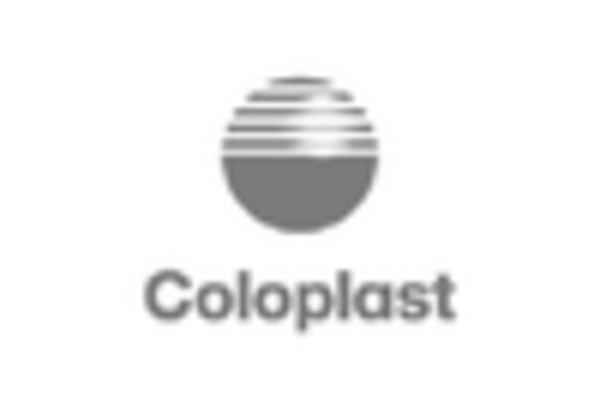
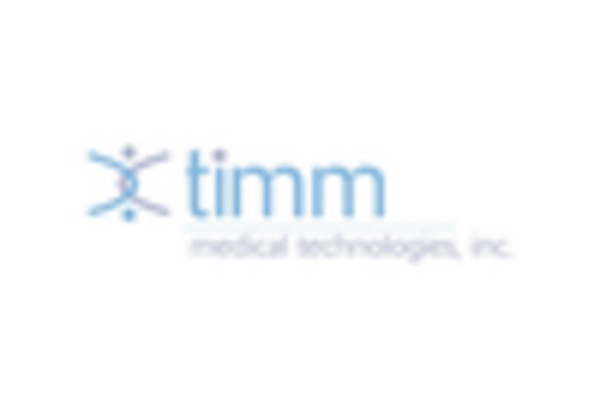
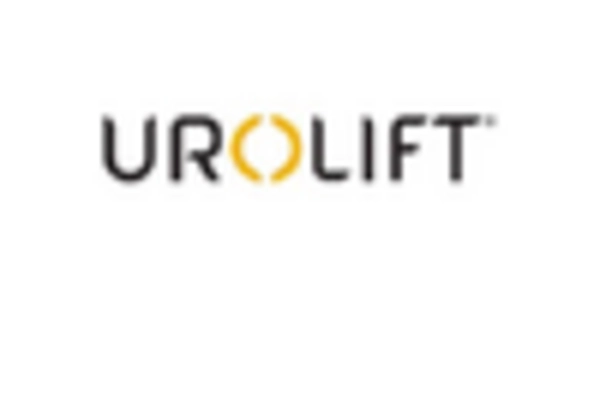
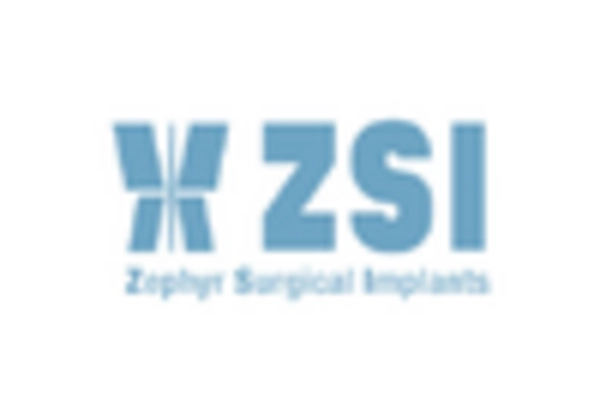








Leave a Comment